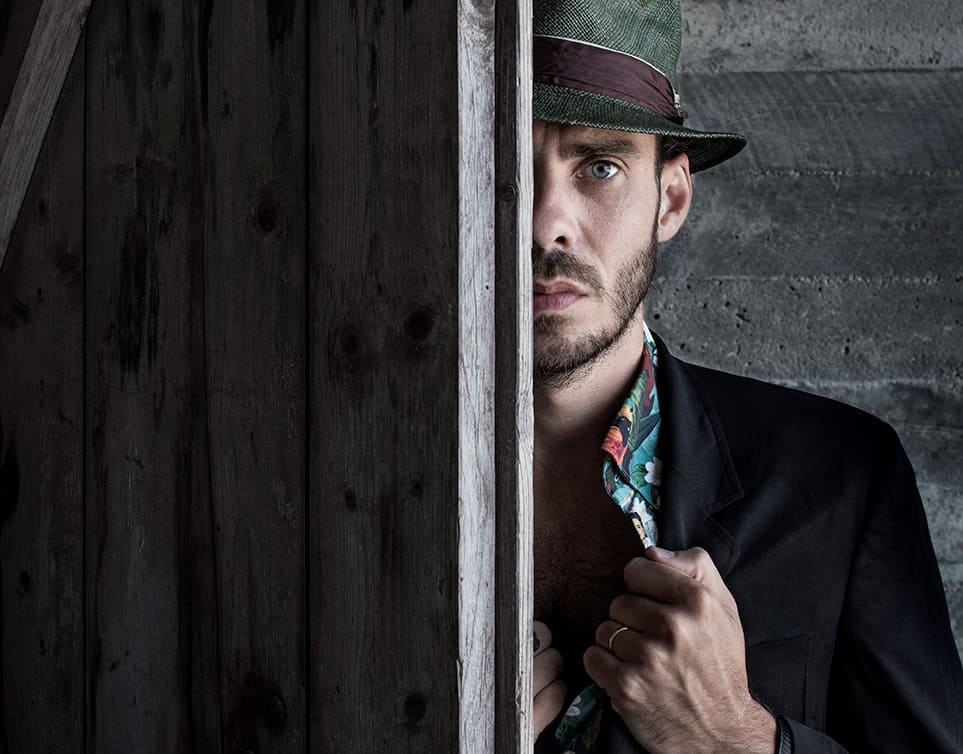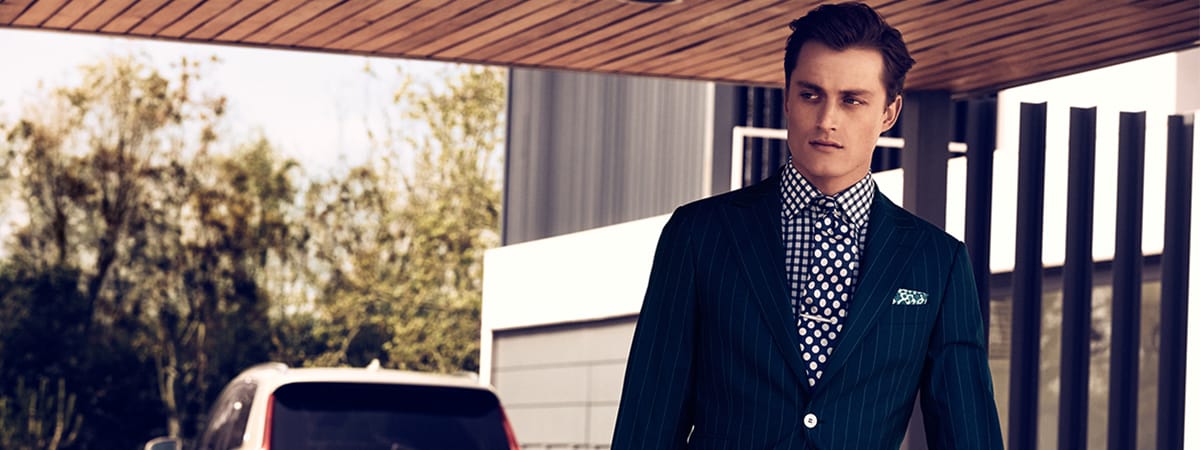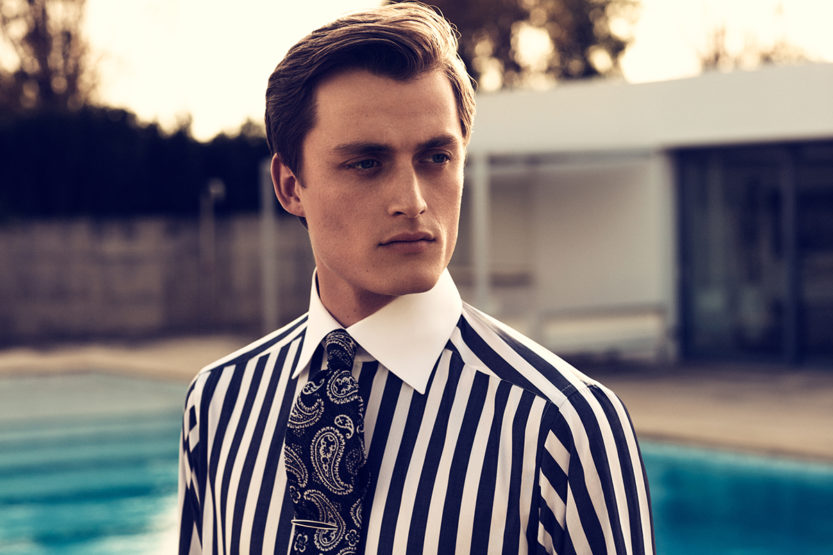ETON’S SEBASTIAN DOLLINGER TALKS DESIGN PHILOSOPHY


For the past 15 years, Sebastian Dollinger has been creative director of Eton, the Swedish-based company that has become the go-to shirt for countless men around the world. During a recent visit to New York to show off the company’s spring ’17 collection, MR got a chance to speak with Dollinger about his design philosophy.
Q: What do you think makes Eton different than other shirt companies?
A: I think a lot of people define a shirt collection by age, but I think it’s about your mindset, rather than just making a great blue or white shirt. I want everyone from 12 to 90 to find something from our collection to wear. That’s part of what it means to be a shirtmaking specialist today.
Q: I see there are so many different kinds of shirts here?
A: For every collection, I design 10 new white shirts, 10 new blue shirts, 10 new white-and-blue shirts, and then all sorts of other shirts.
Q: Why do you need to design new blue and white shirts every season?
A: What’s always true is that men appreciate the little details. It is definitely the hardest thing to reinvent the staples, so I spend about 80 percent of my time on this part of the collection. A lot of times, I think designers try to show off by making the most extreme things possible, but I try to get men to find fashion more fun by just changing a small detail each season on a white or blue shirt. For example, if you look closely, some have subtle bees or birds in the pattern. A lot of thought goes into these shirts. I want everything to have a real story behind it. That’s what makes my job interesting as well.
A: We decided to blow up a lot of patterns, because we noticed lapels were growing on Italian suits. It seemed like the right time to make that change. It’s kind of our idea of power dressing.
Q: The prints are especially wonderful. How did they come about?
A: Because our DNA goes to 1928, where we did some prints, I’ve always worked with prints. Now, I always loved Liberty of London prints, and I was wondering if we had something similar in Sweden. Well, not exactly, but in Sweden in the 1950s and 1960s, everyone had small summer cottages. And I found hidden inside our company’s cupboards these prints based on our flora and fauna from the cottages, so I incorporated them. Some of these prints are based on posters found in schools in the 1970s, like “Birds of Sweden” or “The Butterfly Chart.” It turns out Sweden has its own heritage based on prints.
Q: Do you have a favorite shirt from this collection?
A: Yes. I have long been a fan on the Hawaiian shirt, but I wanted to do my own take, so I did. If you look at it, we chose five kinds of strong locaal women, including a single mom and a saxophone player, plus we have a re-designed Swedish Volvo and even a Middle Eastern man as a model. It’s all hand-painted. And we made it as a unisex shirt, which I really love!
Q: Everything sounds great and happy. But business can’t be perfect. Is it?
A: The biggest challenge for us is the retail business; people are often undecided about what to spend on clothing because they’re not sure of what tomorrow is going to look like. And so stores are cutting down their orders because of this uncertainty. Luckily for us, we are taking more of the shirt business market share. And that’s because we try to do our best and still have fun while doing this.











